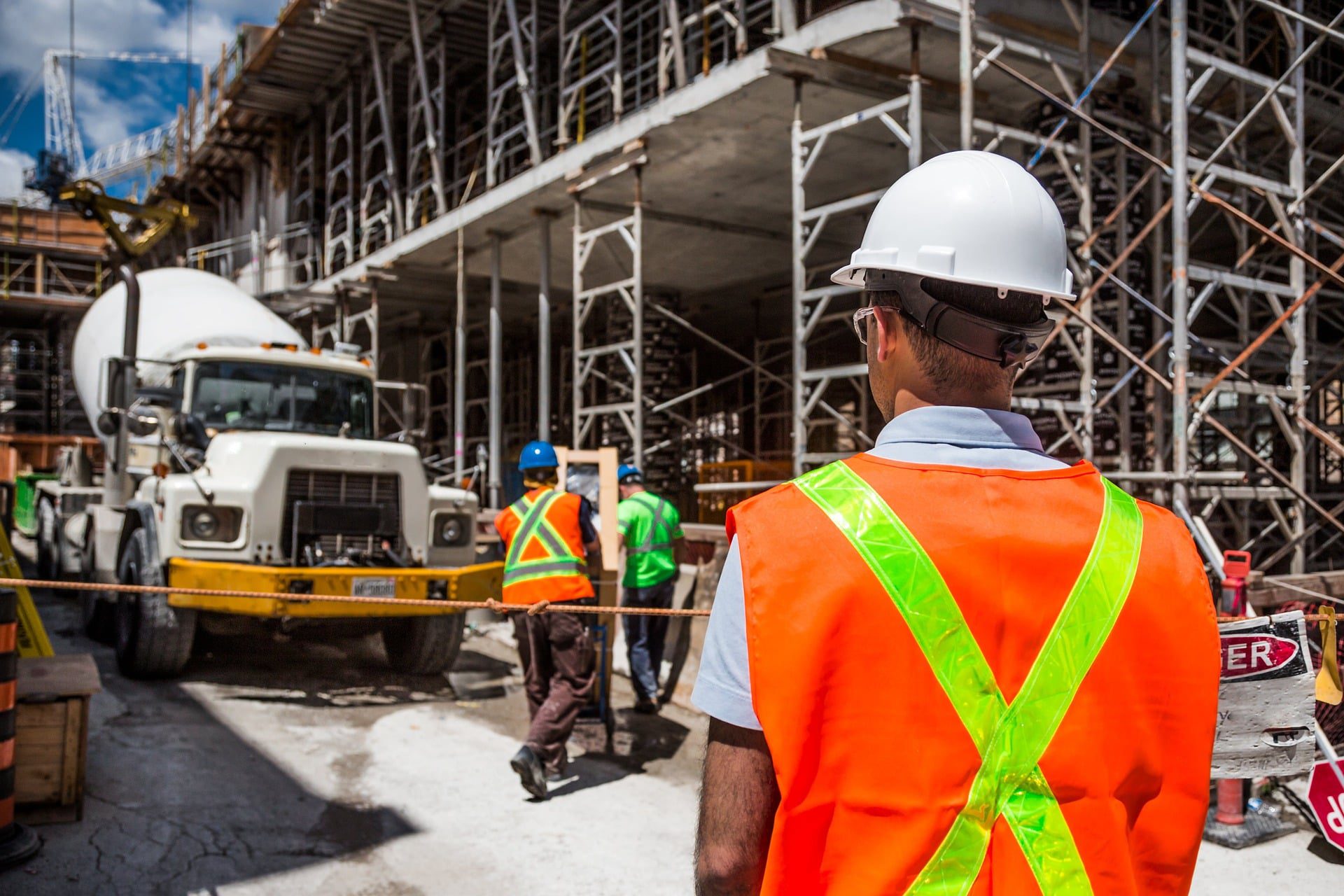How Non Destructive Testing Techniques Can Help Keep Your Workers Safe

A safe working environment should be non-negotiable. Every employee, visitor or contractor on any site should feel completely at ease that operating conditions are safe and that all equipment and infrastructure don’t pose unnecessary risks.
Non-destructive testing (NDT) plays a major role in monitoring the integrity of equipment, assets or products and ensuring they are in good repair so that workplace safety is not compromised.
Workplace safety and accident prevention are two of the many benefits provided by the correct application of NDT techniques. Others include compliance with technical and statutory requirements, prevention of equipment breakdowns and production losses, improved outputs, improved profitability, condition monitoring of equipment and asset protection.
For the purposes of this article however, we will be examining ways in which non destructive testing techniques can keep workers safe.
NDT ensures the integrity of plant and equipment
Whether workers are working on an offshore rig, on a construction site, in a refinery, at a chemical plant or driving an oversized vehicle on a mine, they need reassurance that all processes and equipment are safe and reliable.
Visual inspection is not always appropriate because damage is often hidden deep in inaccessible areas – so NDT techniques such as ultrasonic pulse-echo, eddy current or radiography are used to inspect assets and equipment non-intrusively. Relying on visual inspection also means that the damage or defect has to be well advanced in order to be seen, so it’s crucial to use advanced techniques that penetrate deep into voids, inaccessible areas, tight spaces etc to make sure that nothing is missed that could compromise worker safety.
Take a boiler for example. These assets and their components operate under extreme heat conditions and are at risk of wearing out, corroding or developing cracks. It’s crucial to identify any defects early on, because failure could lead to leaks and accidents where worker safety could be compromised. Regular condition monitoring and inspection using the appropriate NDT technologies is crucial.
Another example where NDT techniques can help keep workers safe is on a site where oversized vehicles like earthmovers, forklifts and dump trucks are in operation. Conditions are often harsh and these vehicles are subjected to sustained heavy duty loading, so it is imperative to check safety-critical items such as wheel assemblies and rims for any signs of wear, metal fatigue or damage as failure could be catastrophic.
NDT techniques protect workers from hazardous materials
Workers in operations which involve hazardous materials (such as chemicals, gases, extremely hot materials or highly corrosive materials) have to be protected against leaks or equipment failure. Non destructive testing technologies such x-ray fluorescence (XRF), Pulsed Eddy Current (PEC) and Liquid Penetrant Examination (LPE) are some of the commonly used methods in many industries including oil and gas.
All owners and operators of industrial plants and facilities need to have a thorough understanding of non destructive testing and have the capabilities and resources to conduct scheduled, regular testing of machinery and components. Obviously, some components are more critical to safety than others but in order to maintain the integrity of equipment and ensure a safe working environment, inspections are essential and in many instances, are mandated by authorities.
If you’re interested in finding out how worker safety could be enhanced at your operation through NDT technologies, talk to the experts at Nexxis. We have decades of practical experience in the application of NDT in many different industries and will tailormake a flexible solution which meets your operation’s unique needs.
